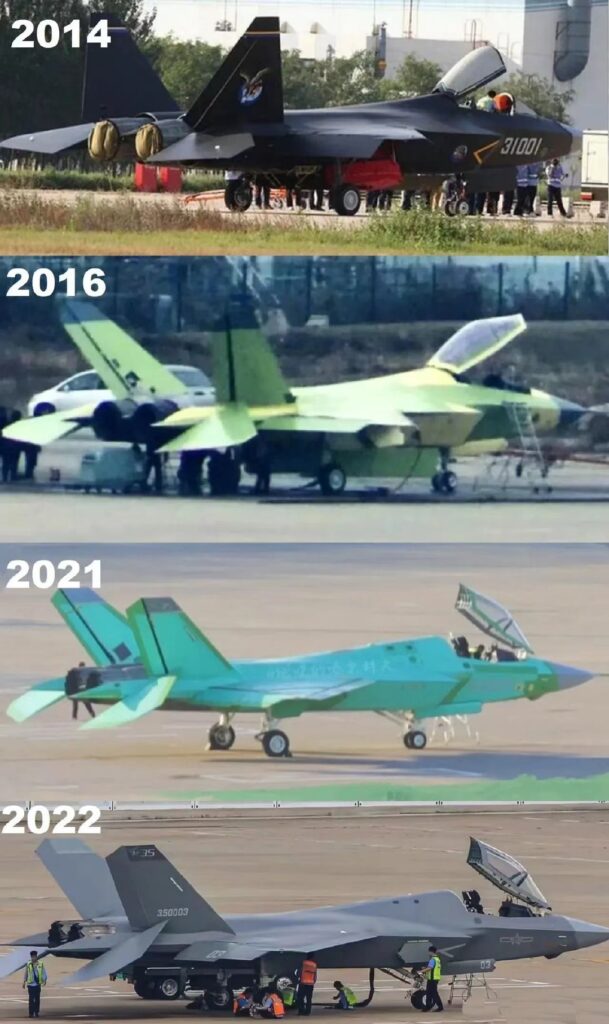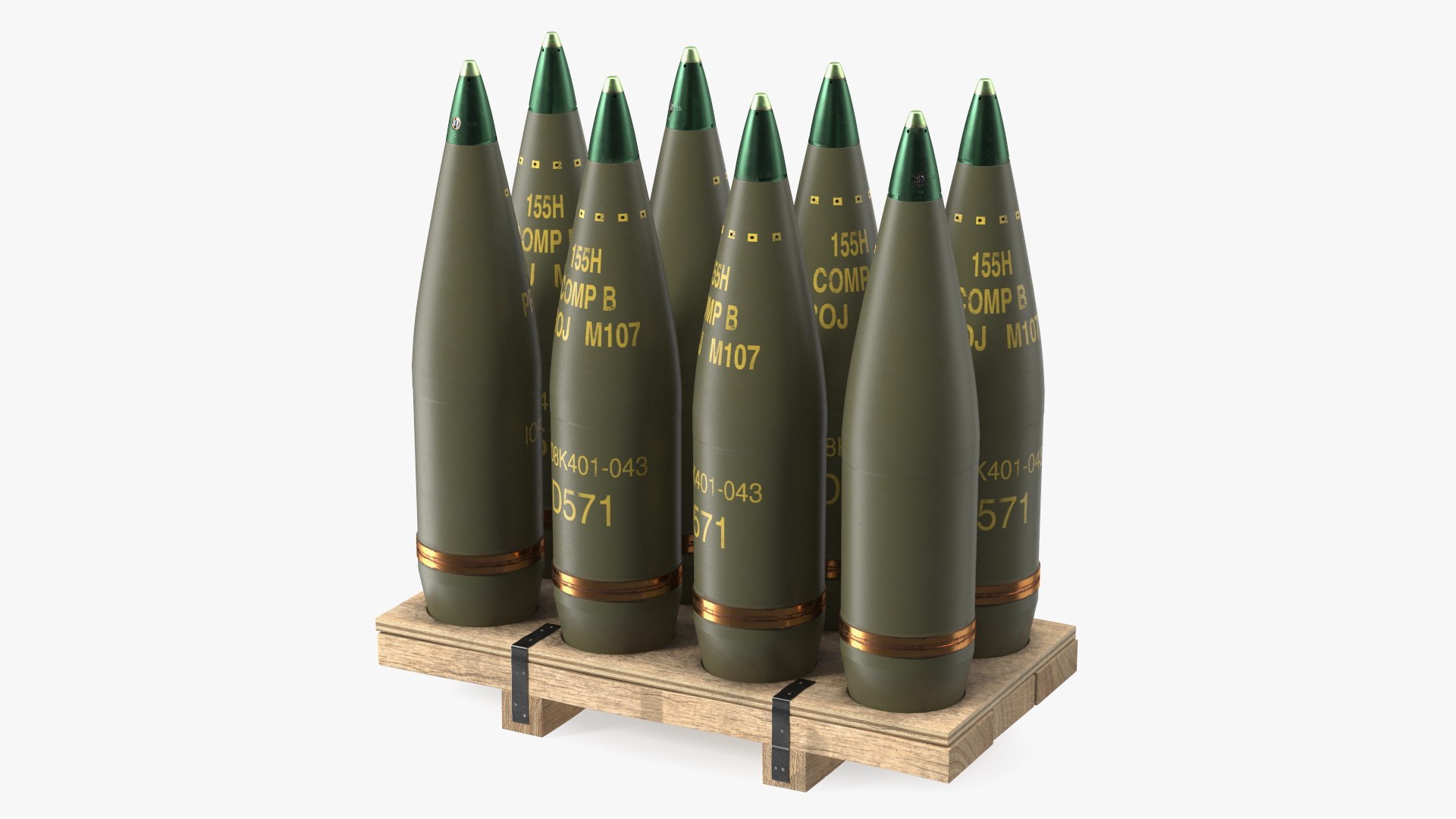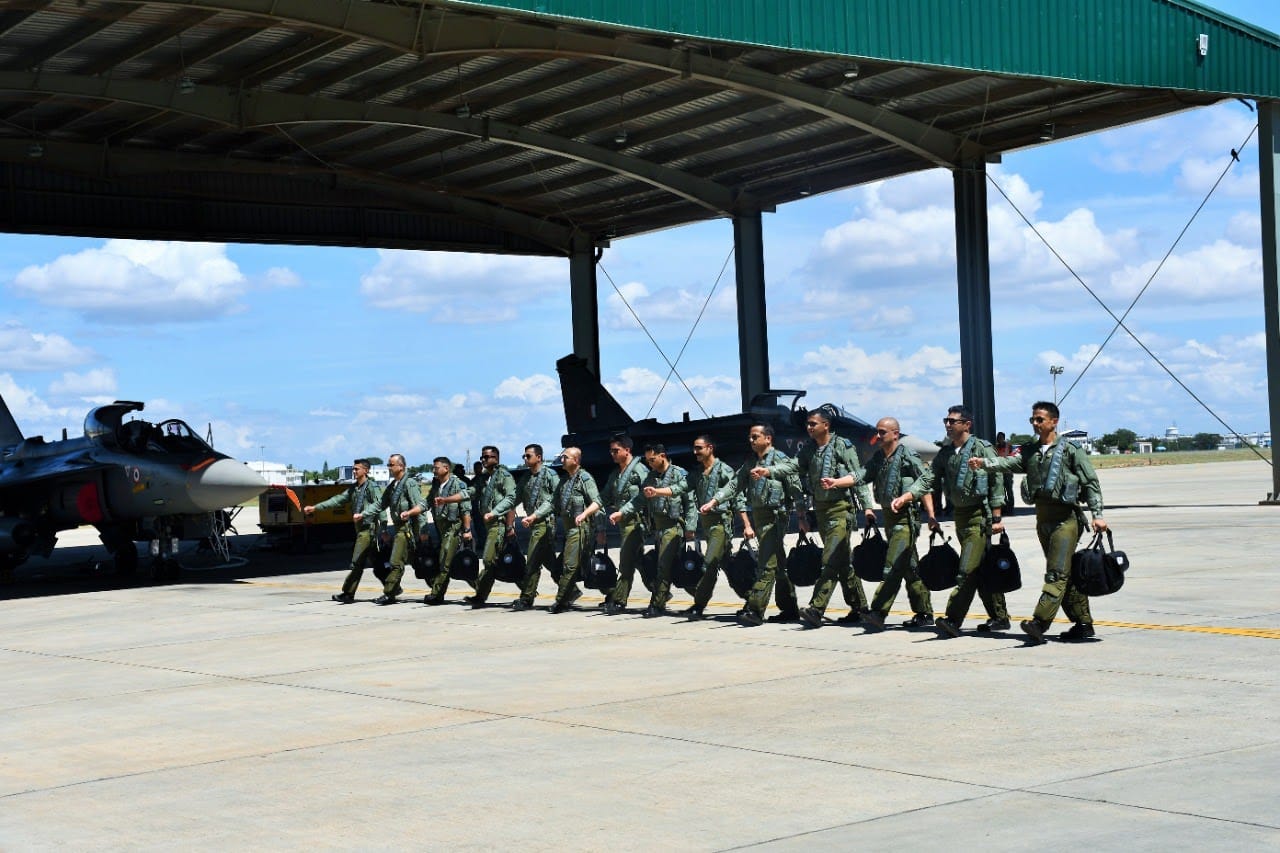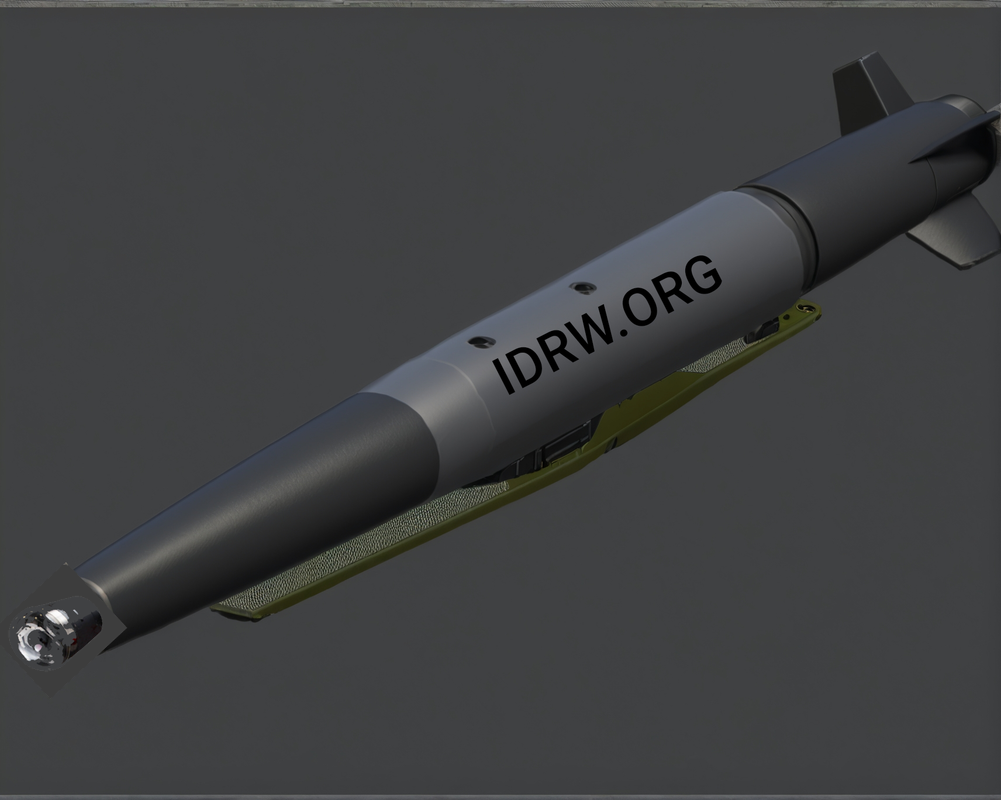SOURCE: AFI


The adaptation of deck-based fighter jets, originally designed for naval carrier operations, into land-based variants for air force use is a complex engineering feat that introduces a unique set of challenges. China’s Shenyang J-35A, unveiled as a land-based stealth fighter for the People’s Liberation Army Air Force (PLAAF) at the Zhuhai Airshow in November 2024, exemplifies this trend.
Derived from the naval J-35, itself an evolution of the FC-31 prototype, the J-35A’s transition from sea to land highlights inherent design compromises and operational hurdles. As Pakistan emerges as a potential first export customer for this fifth-generation fighter, with reports suggesting a deal for 40 J-35A jets by 2027, the Pakistani Air Force (PAF) is poised to become an experimental proving ground for China’s cutting-edge but untested technology. This article explores the problems of converting deck-based fighters like the J-35A for air force roles and why Pakistan’s adoption positions it as a testing bed for Chinese innovation.
Continue readingSOURCE: AFI


Sunita Tools Limited, an emerging name in India’s defense manufacturing sector, has achieved a significant milestone with the receipt of a major Letter of Intent (LOI) for the supply of 155mm M107 empty artillery shells. The order, comprising 100,000 units, marks a substantial step forward for the company as it strengthens its footprint in the global defense supply chain. The LOI, issued by a prominent defense supplier from a neutral and friendly Far Eastern country, underscores Sunita Tools’ growing reputation as a reliable partner in the production of critical munitions components.
Under the terms of the LOI, Sunita Tools Limited will commence delivery of the 155mm M107 empty shells at a rate of 7,500 pieces per month until the full order of 100,000 units is fulfilled. This steady supply schedule, expected to span over 13 months, highlights the company’s capacity to meet consistent production and delivery timelines—a key requirement in the defense industry. The 155mm M107 shell, a NATO-standard artillery projectile known for its versatility and widespread use, is a vital component for modern artillery systems, making this contract a strategic win for Sunita Tools.
Continue readingSOURCE: IDRW.ORG


GE Aerospace marked a significant milestone in its long-standing partnership with Hindustan Aeronautics Limited (HAL) on Tuesday, March 25, 2025, with the delivery of the first of 99 F404-IN20 engines. These engines are destined to power the Tejas Light Combat Aircraft (LCA) Mk 1A, India’s indigenous fighter jet, further strengthening the country’s military aviation capabilities.
Shawn Warren, General Manager of Combat & Trainer Engines at GE Aerospace, expressed enthusiasm about the achievement. “We were excited to deliver the first of 99 F404-IN20 engines to our valued customer, Hindustan Aeronautics Limited,” Warren said. “This is an important milestone in our 40-year relationship with HAL and in our efforts to ensure a strong future for India’s military by developing next-generation fighters while enhancing the country’s defense manufacturing capabilities.”
Continue readingSOURCE: IDRW.ORG


Hindustan Aeronautics Limited (HAL) achieved another milestone in India’s indigenous defense aviation program with the rollout of the 7th Tejas Light Combat Aircraft (LCA) Mk1A jet, bearing the serial number LA-5039, on March 25, 2025. This development comes just over a year after the first Tejas Mk1A aircraft, serial number LA-5033, conducted its inaugural flight, highlighting the impressive pace at which HAL is manufacturing these advanced fighter jets despite challenges such as engine delivery delays.
At Aero India 2025, held earlier this year, HAL showcased five fully assembled Tejas Mk1A aircraft that were ready for delivery to the IAF, signaling the company’s readiness to scale up production. The rollout of the 7th jet, LA-5039, within a year of the first flight of LA-5033, underscores HAL’s accelerated manufacturing capabilities. This achievement is particularly notable given the delays in engine supplies, a challenge that HAL has navigated with commendable efficiency.
Continue readingSOURCE: AFI


In a significant stride toward modernizing its operations and bolstering safety, the Indian Air Force (IAF) is set to deploy an innovative Bluetooth-based tool tracking system at its airbases across the country. Developed by IG Defence and Aerospace, an Indian firm, this cutting-edge solution aligns with the government’s “Atmanirbhar Bharat” (Self-Reliant India) initiative, which champions the development and adoption of homegrown defense technologies. The system promises to revolutionize tool management, a critical yet often overlooked aspect of airbase operations, while reducing risks that could jeopardize aircraft safety.
With over 60 airbases under its command, the IAF faces the formidable challenge of tracking thousands of tools and pieces of equipment used in maintenance and operational tasks. Misplaced or lost tools pose a serious hazard, particularly when they become Foreign Object Debris (FOD)—small items like bolts, screws, or wrenches left on runways. FOD can cause catastrophic damage to fighter jets during takeoff or landing, potentially leading to accidents that endanger lives and multimillion-dollar assets. The new Bluetooth Low Energy (BLE) Tool Tracking System aims to mitigate this risk by providing real-time visibility into the location of every tagged tool, ensuring nothing goes unaccounted for.
Continue readingSOURCE: AFI


In a remarkable testament to India’s growing prowess in the global defence manufacturing sector, the country has achieved a staggering 30-fold increase in defence exports over recent years. Notably, boots stamped with the ‘Made in Bihar’ label have found their way into the gear of the Russian Army, marking a significant milestone for both Bihar’s industrial capabilities and India’s expanding defence footprint.
According to a recent defence report, India now exports defence equipment to over 100 countries, showcasing its transformation from a primarily import-dependent nation to a key player in the global arms and equipment market. In the fiscal year 2023-24, the United States, France, and Armenia emerged as the top buyers of Indian defence products, reflecting the diverse and growing demand for India-made military gear.
Continue readingSOURCE: AFI


The U.S. Navy is poised to take a significant step forward in its pursuit of next-generation air dominance, with plans to announce the company selected to develop and build its carrier-based sixth-generation fighter, known as the F/A-XX. According to a Reuters report published today, the Navy is expected to reveal the contract award for the engineering and manufacturing development (EMD) phase of the F/A-XX program “this week,” based on insights from unnamed sources familiar with the decision. This move mirrors a similar announcement anticipated from the U.S. Air Force regarding its own sixth-generation fighter, signaling a coordinated push to modernize America’s military aviation capabilities.
The timing of the Navy’s decision is notable, coming just one month after Adm. James W. Kilby assumed the role of Chief of Naval Operations (CNO) on February 26, 2025. Kilby’s early tenure appears to be marked by a decisive effort to advance the Navy’s future fighter program, which is critical for maintaining superiority in carrier-based operations amid evolving global threats.
Continue readingSOURCE: AFI


The Central Command of the Indian Army, in partnership with the Society of Indian Defence Manufacturers (SIDM), proudly presents Surya Drona Tech 2025 – a flagship event set to redefine the future of drone and anti-drone technologies tailored for the Indian Armed Forces. This premier gathering offers a unique platform for industry leaders, innovators, and stakeholders to collaborate directly with senior military leadership and procurement directorates from the Central Command and various Army commands.
Scheduled to be a landmark event in defense technology, Surya Drona Tech 2025 promises to bridge the gap between cutting-edge innovation and the operational needs of the armed forces. Here’s why this event is a must-attend for anyone invested in advancing India’s defense capabilities.
Continue readingSOURCE: AFI


On March 26, 2025, the High Commission of India in Victoria, Seychelles, organized the Seminar on Indian Defence Equipment (SIDE-2025), a virtual event aimed at strengthening defence collaboration between India and Seychelles. The seminar, held in partnership with the Department of Defence Production and the Society of Indian Defence Manufacturers (SIDM), showcased India’s cutting-edge defence technologies through presentations by eminent Indian defence manufacturing firms. The event was attended by the Chief of Defence Forces (CDF) of Seychelles, Brigadier Michael Rosette, along with senior officers of the Seychelles Defence Forces (SDF), highlighting its significance in deepening bilateral military ties.
The SIDE-2025 seminar, conducted virtually, provided a platform for Indian defence companies to demonstrate their latest innovations to Seychelles’ military leadership. This initiative builds on the success of previous engagements, such as the 2nd Bharat Seychelles Defence Exhibition (SIDE), reflecting India’s commitment to expanding avenues of collaboration with Seychelles under its “Make in India” and “Make for the World” vision. The virtual format enabled seamless participation from leading Indian firms, offering a glimpse into advanced systems ranging from radars and UAVs to naval equipment and small arms—capabilities that align with Seychelles’ maritime security needs in the Indian Ocean Region (IOR).
Continue readingSOURCE: RAUNAK KUNDE / NEWS BEAT / IDRW.ORG


The much-anticipated deal between General Electric (GE) and Hindustan Aeronautics Limited (HAL) for the transfer of 80% technology (ToT) related to the GE F414 engine is unlikely to be concluded this month, contrary to earlier predictions by HAL. A GE official, speaking to idrw.org, revealed that technical discussions are still underway and remain subject to review by the governments of both India and the United States.
This development suggests that negotiations could stretch into the coming months, potentially impacting the timelines for India’s indigenous fighter programs, including the Tejas MkII and the Advanced Medium Combat Aircraft (AMCA).
Continue readingSOURCE: RAUNAK KUNDE / NEWS BEAT / IDRW.ORG


At Aero India 2025, held in Bengaluru from February 10-14, India’s Defence Research and Development Organisation (DRDO) showcased a scaled model of the RudraM-II air-to-surface missile, drawing significant attention from international delegations.
A DRDO official, speaking at the event, revealed to idrw.org that several countries have expressed keen interest in the missile system, highlighting its potential as a game-changer in the global arms market. With a lightweight design, impressive speed, and versatile range, the RudraM-II is poised to attract international customers once cleared for production, reinforcing India’s growing stature as a defence exporter.
Continue readingSOURCE: RAUNAK KUNDE / NEWS BEAT / IDRW.ORG


India’s Defence Research and Development Organisation (DRDO) has taken a significant leap forward in its indigenous weapons program with the initiation of captive flight trials for the Tactical Advanced Range Augmentation (TARA) precision-guided bomb system. Integrated onboard the Indian Air Force’s (IAF) Jaguar strike aircraft, TARA promises to enhance the IAF’s deep-strike capabilities with a versatile, high-accuracy weapon designed to tackle modern battlefield challenges. The trials, which commenced in February 2025, mark a critical milestone in the development of this next-generation munition, showcasing India’s growing prowess in precision weaponry.
TARA, or Tactical Advanced Range Augmentation, is a family of glide bombs developed by DRDO to augment the IAF’s arsenal with cost-effective, long-range, and precise strike options. Designed to be adaptable across multiple platforms, TARA will be available in three weight classes: TARA 250 (250 kg), TARA 450 (450 kg), and TARA 500 (500 kg). These variants leverage existing bomb bodies developed by DRDO—General Purpose (GP) bombs and High-Speed Low Drag (HSLD) bombs—already integrated with IAF fighters like the Jaguar, Mirage 2000, and Sukhoi Su-30 MKI.
Continue readingSOURCE: AFI


The Pentagon has expressed keen interest in inviting close allies, including India, to join the Next-Generation Air Refueling System (NGAS) tanker program, a move aimed at diversifying its supply chain and fostering greater international collaboration. This initiative reflects a broader strategy to integrate trusted partners into critical defense programs, ensuring resilience and innovation in the face of evolving global security challenges.
For India, a growing defense partner of the United States, this invitation presents an opportunity to deepen technological cooperation while contributing to a pivotal U.S. Air Force modernization effort. However, the NGAS program itself has experienced a turbulent journey, with its prospects oscillating between ambitious innovation and budgetary constraints.
Continue readingSOURCE: AFI


Destroyers, the fast, maneuverable, and heavily armed warships designed to protect larger vessels and project power, remain a cornerstone of modern naval fleets. A comparison of the world’s top five destroyer fleets—based on sheer numbers—highlights both the dominance of certain navies and the challenges faced by others, notably India. As of March 21, 2025, the United States leads with 81 destroyers, followed by China with 50, Japan with 42, India with 13, and South Korea tied with India at 13.
While India’s 13 guided-missile destroyers from four classes—Visakhapatnam, Kolkata, Delhi, and Rajput—represent a capable force, the stark disparity with Japan underscores a critical gap in fleet size that the Indian Navy must address. The upcoming Project-18 Next Generation Destroyers (NGD) offers a chance to rectify this, but only if scaled ambitiously to 18-24 vessels with cutting-edge upgrades.
Continue readingSOURCE: AFI


In a testament to India’s growing prowess in defense manufacturing, Kanpur-based MKU Limited has once again demonstrated the life-saving potential of its cutting-edge ballistic protection technology. During a recent shootout in Praça dos Martírios, a public square in Fortaleza, Ceará, Brazil, a Brazilian police officer emerged unscathed after being struck by gunfire—thanks to the Kavro ballistic overvest. This remarkable incident underscores the vest’s critical role in safeguarding law enforcement personnel in high-risk situations, reinforcing MKU’s reputation as a global leader in personal protection solutions.
The shootout, which unfolded in the bustling Praça dos Martírios (Martyrs’ Square), saw the officer caught in a dangerous exchange of gunfire. As bullets flew, the Kavro ballistic overvest, designed and manufactured by MKU Ltd, absorbed the impact, preventing what could have been a fatal injury. The officer’s survival is a powerful endorsement of the vest’s advanced engineering, which is built to “stand between the bullet and our heroes,” as MKU aptly describes it. The Kavro line, derived from the Hindi word “Kavach” (armor), is crafted to take the hit so that those wearing it don’t have to—a promise fulfilled in this real-world encounter.
Continue reading